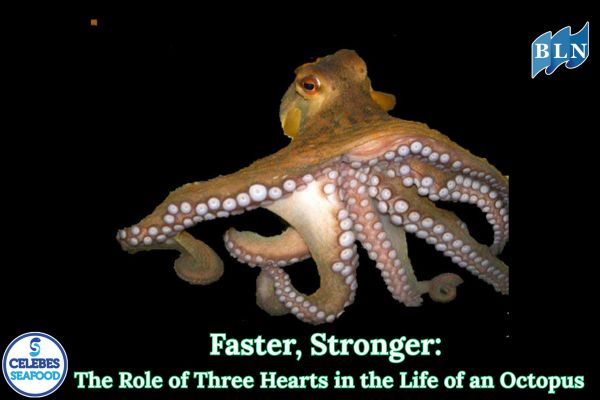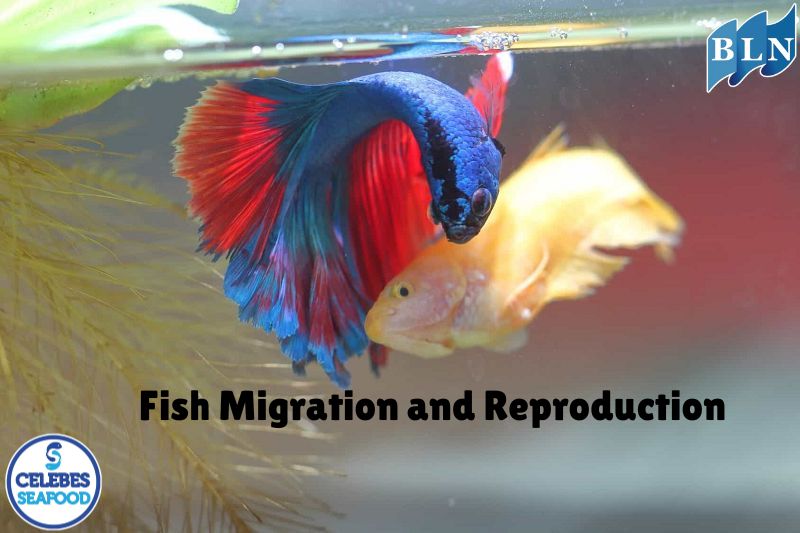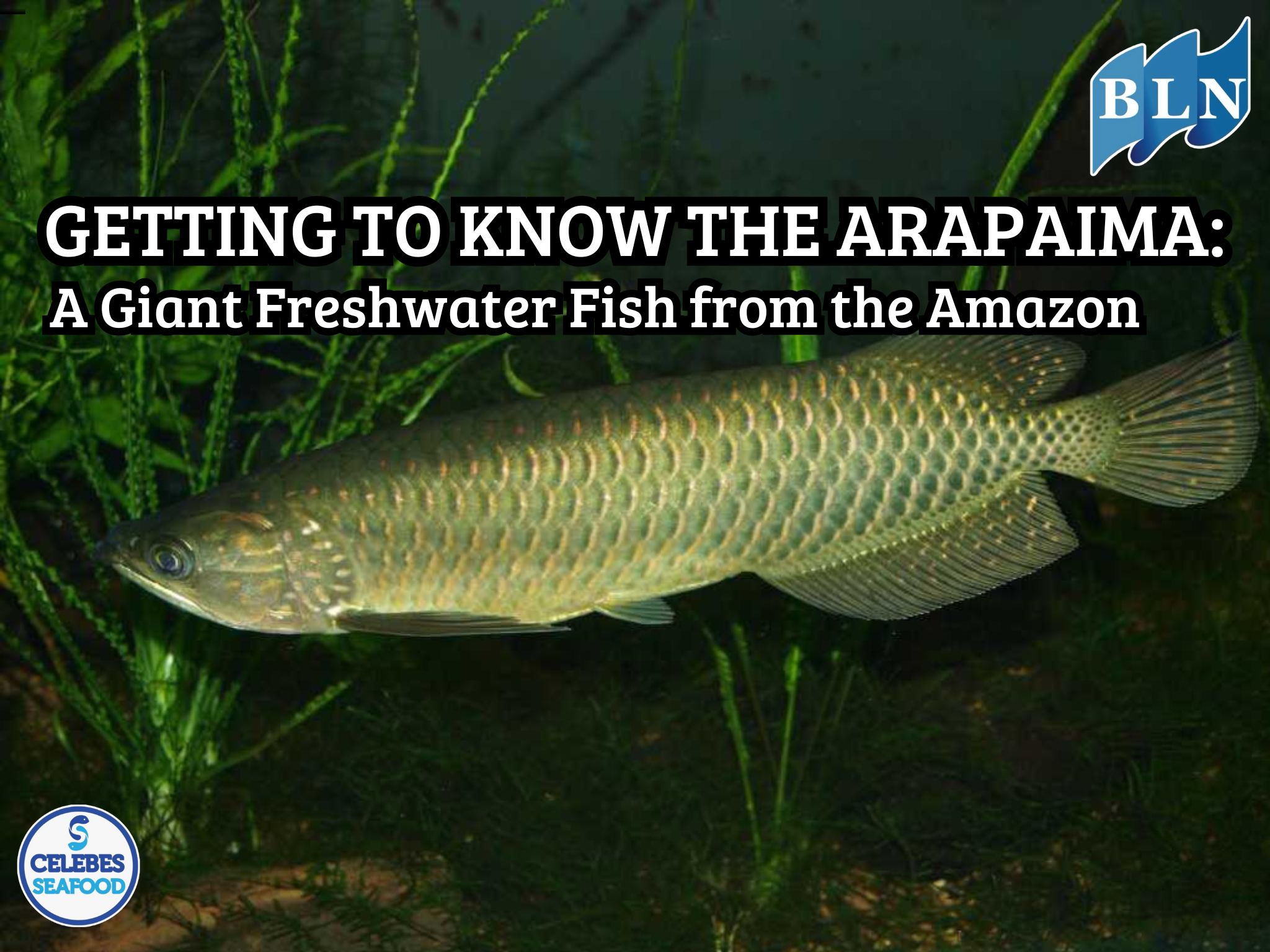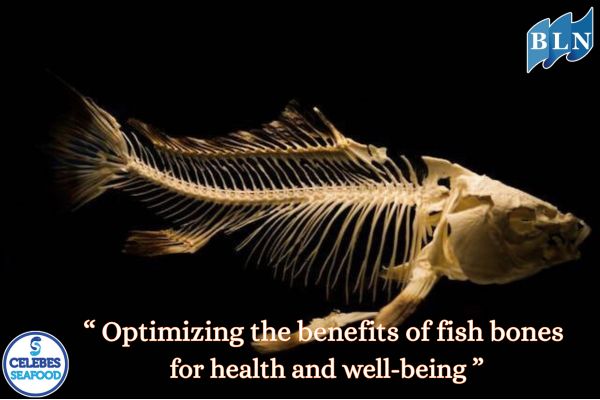Faster, Stronger: The Role of Three Hearts in the Life of an Octopus
By. Amma - 29 Apr 2025
lautnusantara.com Imagine a circulatory system designed for a creature that is extremely active, agile, and able to change its body shape drastically. That’s the challenge the octopus faces, and evolution has come up with a remarkable solution: three hearts working in unison to keep blood flowing optimally.
In general, these three hearts play complementary roles, ensuring that the octopus gets enough oxygen and nutrients for its various activities:
1. Two Branchial (Gill) Hearts: Pumping Blood to the Gills
- The primary function of these two hearts is to pump oxygen-poor blood to the gills. It is in the gills that vital gas exchange occurs: carbon dioxide is released and oxygen is absorbed into the blood.
- The work of these two hearts ensures that blood flows efficiently through the fine filaments of the gills, maximizing the uptake of oxygen from the water.
- Without these two branchial hearts, the blood would not be properly oxygenated, and the octopus would not be able to perform the aerobic metabolism needed to move actively and hunt.
2. One Systemic Heart: Pumping Oxygen-Rich Blood Throughout the Body
- After the blood is enriched with oxygen in the gills, it returns to the third heart, called the systemic heart.
- The systemic heart has the crucial job of pumping this oxygen-rich blood throughout the octopus’s body, including its muscles, brain, and other organs.
- The powerful contractions of the systemic heart ensure that oxygen and nutrients are evenly distributed, supporting cell and tissue function.
3. Interaction and Efficiency:
These three hearts work in a coordinated manner. When the octopus is actively moving, especially when swimming, the systemic heart beats faster to meet the increased oxygen demand of the muscles. However, the systemic heart rate slows down or even stops when the octopus is swimming. This is thought to be because the contractions of the body’s muscles while swimming help push blood through the circulatory system, so the systemic heart doesn’t have to work as hard. Meanwhile, the two branchial hearts continue to work to ensure that blood continues to be oxygenated in the gills.
This represents a physiological compromise. While slowing the systemic heart rate while swimming saves energy, it also limits the octopus’ ability to maintain high speeds for long periods. This is one reason why octopuses tend to use jet propulsion to move quickly over short distances, and prefer to crawl or swim slowly for longer distances.
If you are interested in our product Octopus Block Whole Clean/Whole Round, OCTOPUS WHOLE CLEANED BALL TYPE, Octopus Whole Cleaned Yucatan please do not hesitate to contact us through email and/or whatsapp.







